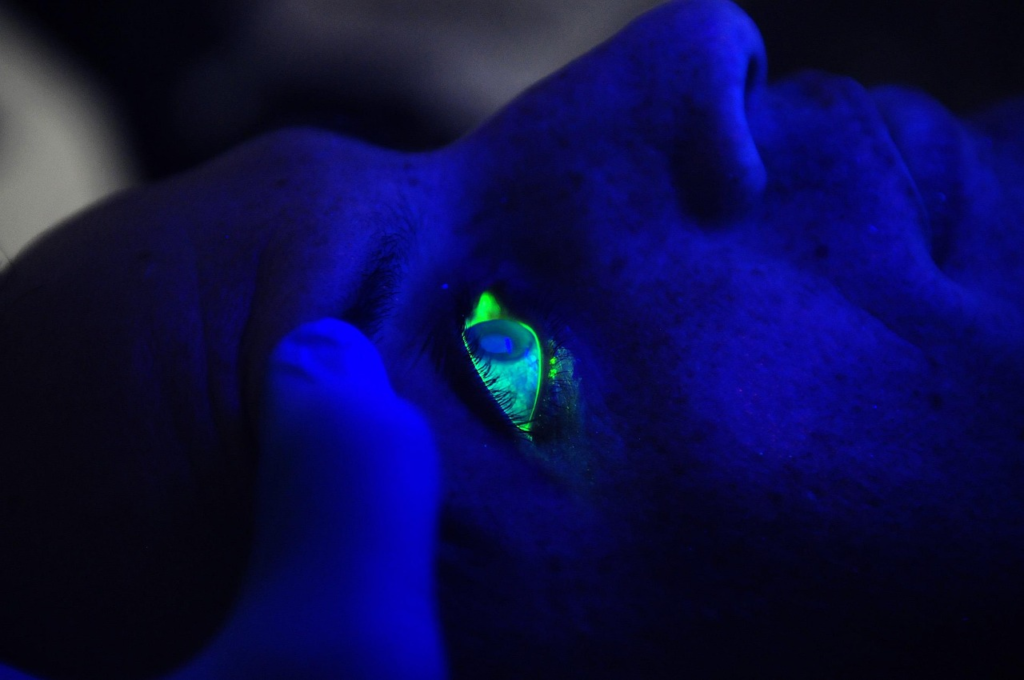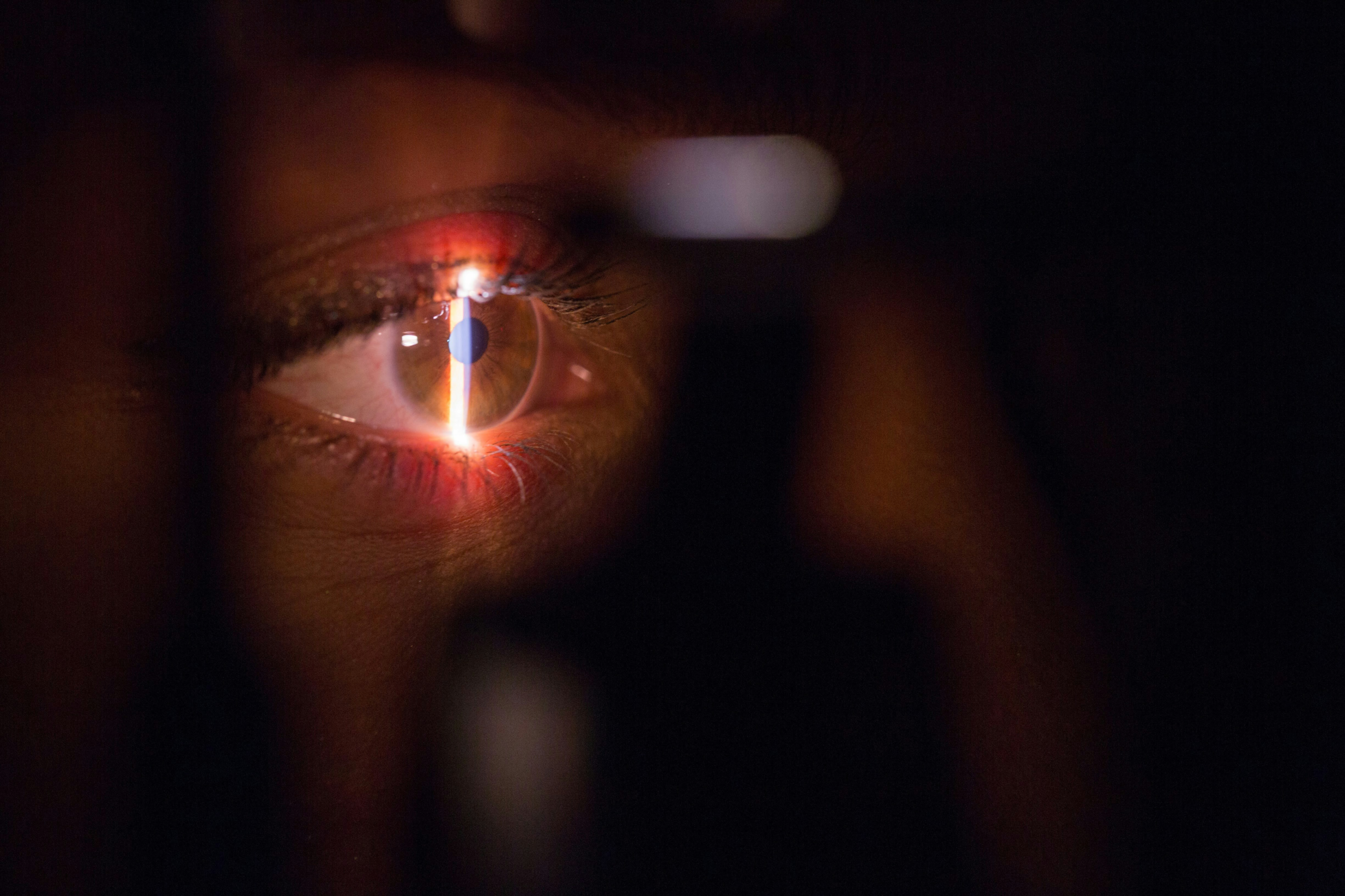Introduction
In the ever-evolving field of refractive surgery, established procedures like LASIK and SMILE have transformed how millions of people correct their vision and reduce dependency on glasses or contact lenses. But the horizon is shifting — new technologies, smarter planning, and less-invasive methods are rapidly emerging. In this article, we’ll explore the future of laser vision correction: what’s on the cusp, what’s already happening, and what it means for you.
1. Where We Are Now – The Foundations of Laser Vision Correction
1.1 Traditional LASIK & SMILE
LASIK reshapes the cornea by creating a flap and applying an excimer laser to correct refractive errors (myopia, hyperopia, astigmatism). SMILE uses a femtosecond laser to create a small lenticule inside the cornea which is then removed via a small incision — less flap-related risk.
1.2 Current Innovations in Use
- Femtosecond lasers now operate at ultra-fast pulse rates, with higher precision and lower energy, improving flap creation and reducing complications.
- Wavefront-guided and topography-guided treatments map individual eye imperfections (higher-order aberrations) and tailor the laser accordingly.
- Emerging platforms like the Teneo excimer laser system are expanding eligibility (e.g., hyperopia + astigmatism) and use very high-speed eye-tracking.
2. The Next Generation: What’s Coming
2.1 AI-Driven Vision Correction
Artificial intelligence is now playing a major role in refractive surgery — from preoperative screening to personalized ablation profiles. Sophisticated algorithms analyze corneal topography, wavefront data, tear film behavior, and patient lifestyle to tailor procedures.
2.2 Flapless and Tissue-Sparing Methods
Beyond LASIK and SMILE, new procedures aim to reshape the eye without creating flaps or removing large volumes of tissue. For example, techniques such as Electromechanical Reshaping (EMR) reshape corneal tissue using electrical current rather than lasers. While still in earlier stages, these hold great promise.
2.3 Implantable Lenses and Alternatives for Challenging Cases
For patients with thin corneas, high prescriptions or other contraindications to laser surgery, solutions like Implantable Collamer Lens (ICL) offer an alternative — inserting a biocompatible lens inside the eye rather than reshaping the cornea.
2.4 Telemedicine, Home Screening & Global Access
The future also includes remote pre-screening tools, home vision testing kits, and broader accessibility. These innovations promise to make refractive surgery more available, especially in regions with fewer ophthalmic centers.
3. Benefits and Opportunities for Patients
- Greater precision and visual outcomes: With AI and topography mapping, patients are achieving outcomes like 20/15 or even better vision with fewer side-effects.
- Less invasive procedures: Flapless, small incision, or non-laser methods reduce healing time, discomfort and risk.
- Broader candidate pool: New technologies make treatment possible for people previously excluded (thin corneas, higher prescriptions).
- Faster recovery & lifestyle benefits: Less downtime means quicker return to normal activities, including sports, driving, digital work.
- Expanded global access: As tools become more affordable and tele-integration improves, more people worldwide can benefit.

4. Challenges, Risks & What to Consider
- Emerging technologies still need more data: Some methods (e.g., EMR) are still in early trials and not yet widely available in clinics.
- Cost and availability: Advanced equipment and training come with higher costs; not all regions or clinics will have them immediately.
- Patient education & realistic expectations: Even the most advanced surgery cannot guarantee perfect vision forever — some patients will still need reading glasses, or could develop presbyopia.
- Suitability & individualized assessment: Not everyone is a candidate — candidacy depends on corneal thickness, ocular health, prescription stability.
- Long-term outcomes: Some newer methods don’t yet have decades of tracked data; long-term safety and efficacy remain to be confirmed.
5. What This Means for “Clear Vision Tips” & You
For your website and your readers:
- Provide in-depth guides comparing “classic LASIK vs next-gen LASIK/SMILE/ICL”.
- Create infographics showing the evolution of vision correction technologies.
- Use FAQ sections to address common concerns: eligibility, cost, recovery, new tech safety.
- Optimize for keywords such as future of laser vision correction, AI LASIK technology, non-laser vision correction, SMILE vs LASIK, etc.
- Consider case studies or patient stories about new technologies (where available) to boost engagement.
- Keep content fresh: tech advances quickly, so update the article periodically with latest clinical results, regulatory approvals, and new devices.
Did You Know?
- Did you know that some of the latest femtosecond lasers operate at over 1 MHz (one million pulses per second)?
- Did you know that AI-driven systems can create personalized ablation maps based on thousands of eye measurements, resulting in vision beyond 20/20?
- Did you know there’s a non-laser method using electrical current (EMR) which, in animal trials, reshaped corneas in under a minute?
7. FAQ (Frequently Asked Questions)
Q: Is the future of laser vision correction already available today?
A: Some of it is — next-generation LASIK/SMILE platforms with AI and improved lasers are already being used in many centres. However, many more cutting-edge methods (flapless, non-laser) are still in development or early clinical phases.
Q: Will I still need glasses after future vision correction?
A: While many patients achieve excellent uncorrected vision, no procedure can entirely eliminate future age-related vision changes (e.g., presbyopia). New technologies may delay or reduce dependence on glasses, but realistic expectations are key.
Q: How do I know if I’m a candidate for the latest technologies?
A: A full pre-operative evaluation is necessary. This includes corneal topography, wavefront analysis, ocular health screening, prescription stability, and lifestyle discussion. Advanced platforms may widen candidate eligibility, but each case is individual.
Q: Are the newer treatments safer or better than traditional LASIK?
A: Many of the new treatments aim to improve safety, precision and recovery. Early results are promising, but long-term data are still being collected. Choosing an experienced surgeon and accredited centre remains vital.
Q: How much more will it cost?
A: Advanced technologies may carry a higher upfront cost due to sophisticated equipment and personalized treatment. Over time, as procedures and tools become mainstream, costs may decline. Always discuss cost, follow-up care and potential enhancements with your surgeon.
8. Conclusion
The future of laser vision correction is bright — smarter, safer, more personalized and accessible than ever before. For people seeking freedom from glasses, the evolution from traditional LASIK to AI-guided, flapless, or even non-laser approaches signals a paradigm shift. As technology advances, your options increase — and your opportunity for clear vision improves. For your readers at Clear Vision Tips, this topic offers rich content potential: guiding them through what’s next, what matters most, and how to choose wisely.



